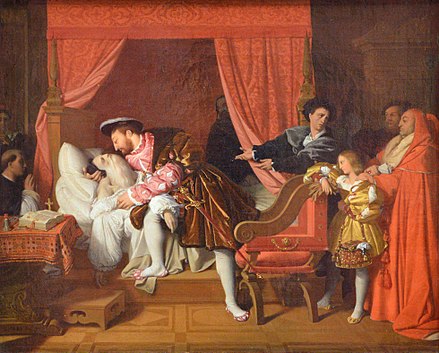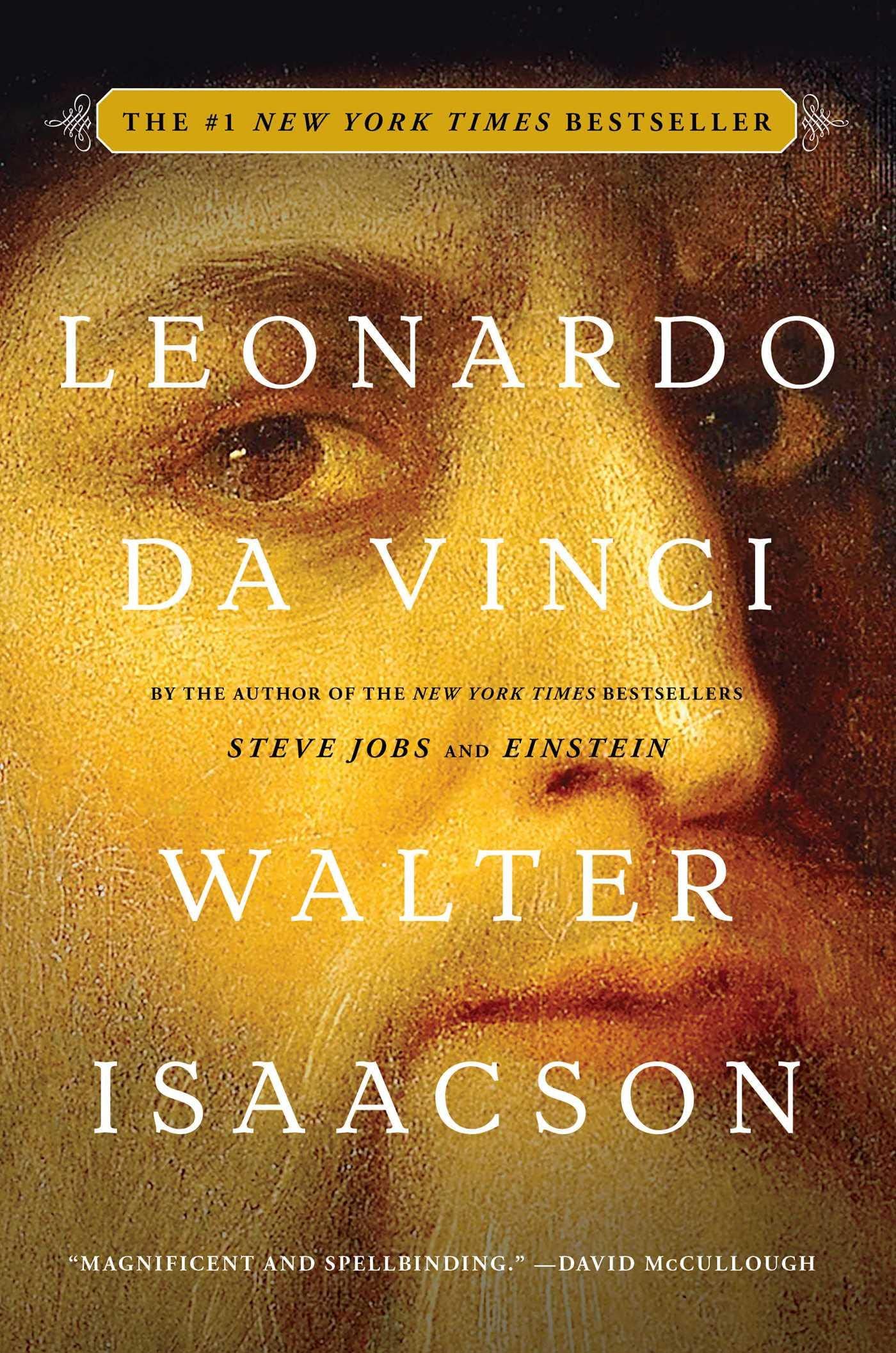
This is the third Walter Isaacson biography I have read. The previous two were Steve Jobs and Albert Einstein. All were extremely well-written and I found them quite easy to read these books for long periods of time.
Everyone seems to be familiar with Leonardo da Vinci. Many often just refer to him as da Vinci. This is not really proper. His name was Leonardo and he was from Vinci – a municipality of Florence, Italy. Da Vinci just means from Vinci in Italian.
Many are familiar with his painting of the Last Supper.
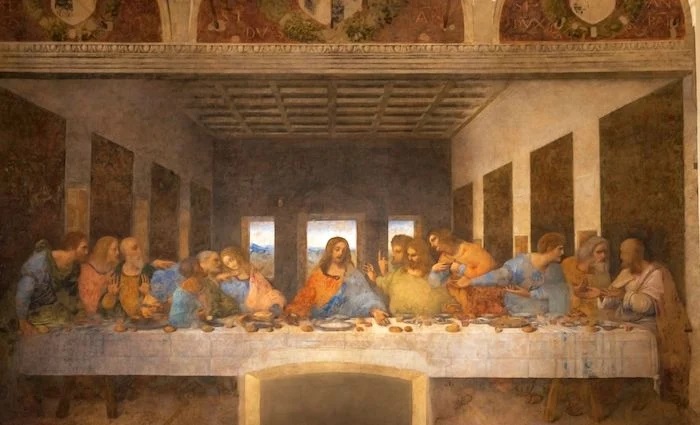
Many may or may not be aware that this is painted on a church wall and is approximately 28 feet x 15 feet. It was done at a time when a painter had to make his own paint. Making suitable paint was part of the art form. At the time Leonardo painted this, he was not accustomed to painting on plaster, which is what the wall this was painted on was surfaced with. The oil-based paint that Leonardo preferred, did not adhere well to it and he was face with many challenges, not just in designing and painting this enormous scene, but also on getting it to adhere to this unfamiliar surface. Leonardo typically preferred to paint on walnut planks.
There is a very amusing story related to this painting. Ludovico Sforza was the Duke of Milan who was financing Leonardo’s work. Leonardo was well known to procrastinate on many of his commissions and one of the head Monks at the church began to berate Leonardo about his lack of progress at one point. Leonardo explained to the Duke that the creative process can be lengthy, and even when it appears he is not working, he is contemplating the painting. He said that he was currently contemplating the face of Judas to be used and he suggested that the next one to hound him will have his likeness used for Judas. The Duke found this quite humorous and the monks found this to be an adequate deterrent to further hassling Leonardo.
Leonardo is of course also known for painting the Mona Lisa.
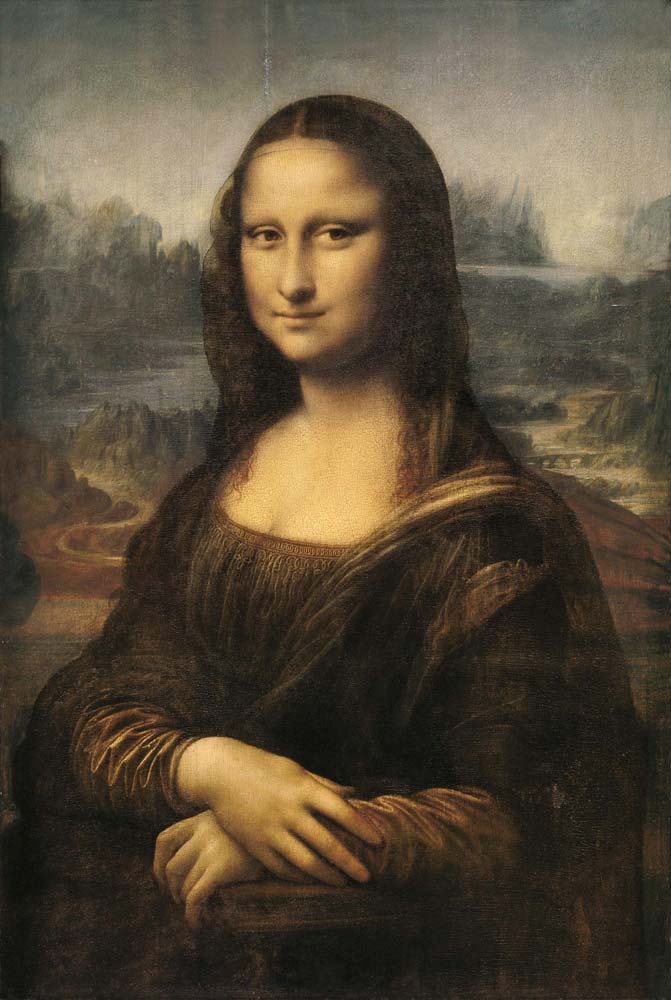
This painting resides in the Louvre and is painted on a poplar panel. If it were sold, it would likely be valued at close to a billion dollars. At first glance, it is just a woman in an armchair, but the more you look, the more you see. The background is actually a beautiful outdoor scene with mountains, trees, and flowing rivers. Her hair has very detailed curls and she is wearing transparent veil. Her clothing and face imply a light source to one side of her. Her clothing has every stitch, pleat, and wrinkle, flawlessly represented. There is also something about the expression on her face that makes you wonder what she is thinking. It is rumored that Leonardo had entertainers present while she was posing so that her overall mood was jovial and attentive. The unusual story of this painting is that it was commissioned by a silk merchant and Lisa is his wife, or wife-to-be. The silk merchant was not a pauper, by any means, but when this painting was started, Leonardo was known to have declined commissions from very wealthy royals. Why has he chosen to paint the wife of a silk merchant? What is even stranger, is that he never gave this painting to the silk merchant. He carried it with him for many years, constantly updating it. It was still one of his possessions when he passed away.
Leonardo’s next most recognizable piece of art is the Vitruvian man.
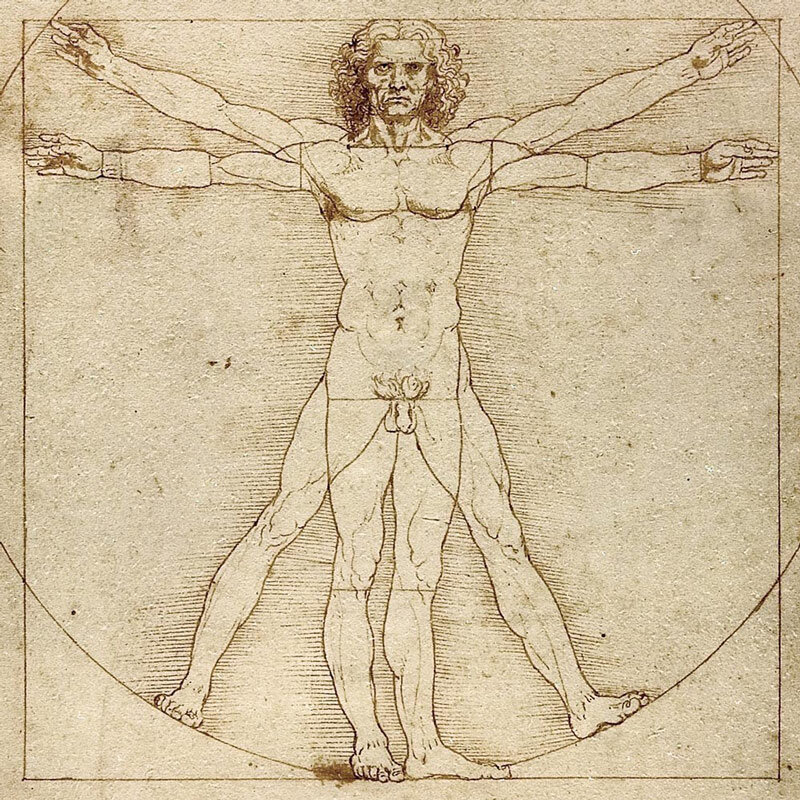
This work is a product of Leonardo’s exhaustive study of the human form. Leonardo was fascinated by human anatomy and spent years studying, drawing, and measuring bodies. At first, it was believed that he was just trying to get the most accurate representations of the human form in his paintings, but it became more of medical study. Leonardo dissected many bodies and made highly detailed drawings of bones, nerves, organs, and muscles.
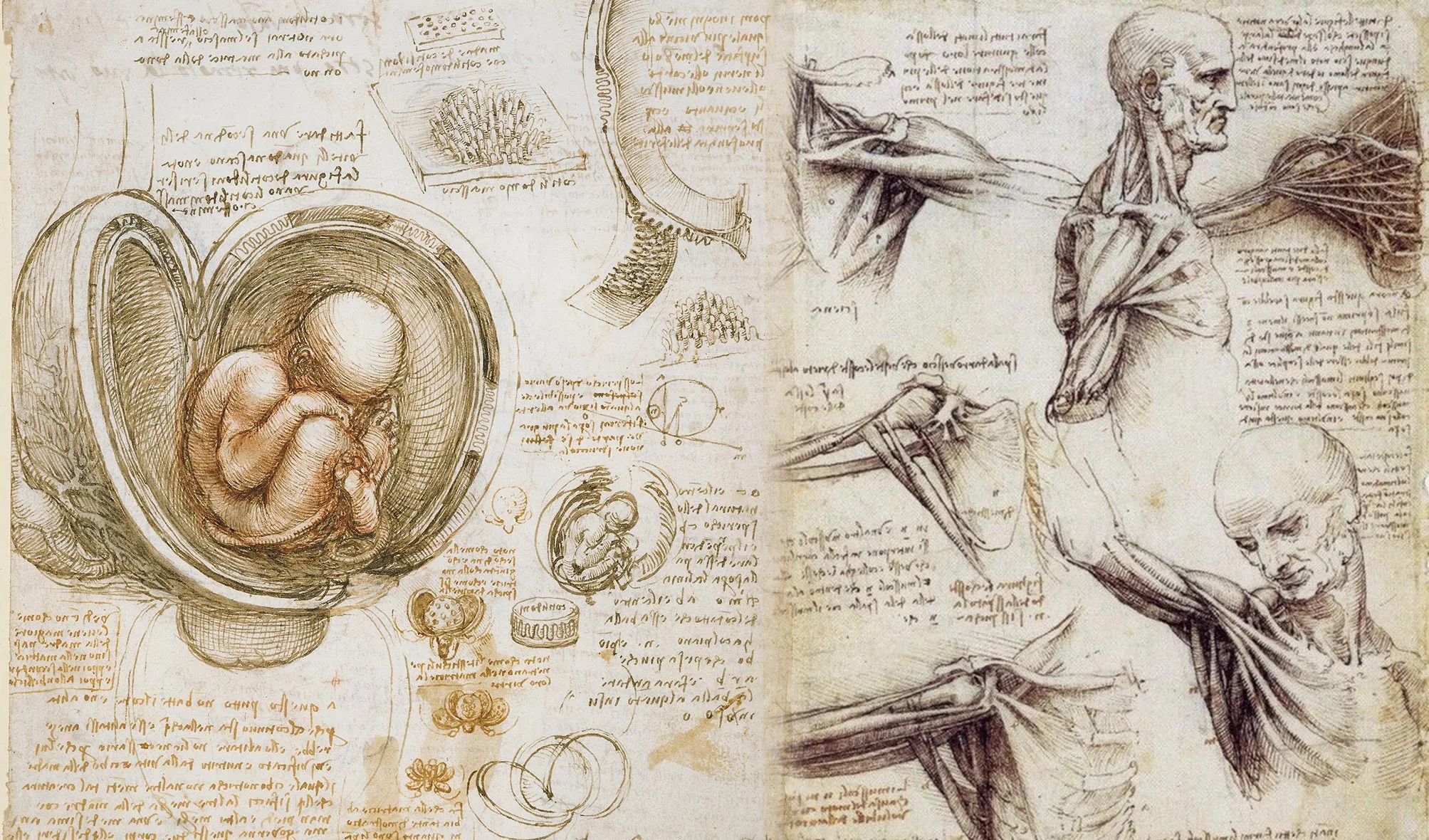
Of all the body parts, the heart seemed to fascinate him the most. He analyzed it in deceased humans as well as in live pigs. He was fascinated with how the valves of the heart operated. After a lengthy analysis, he determined that the upper valves of the heart operated by utilizing the swirling currents of blood to open and close the valve. Up until 1960, the operation of the upper valves of the heart was not believed to be connected to swirling currents, but simply to the presence or absence of blood in the chamber. In 1960 experiments were devised to precisely determine how the heart valves worked. It turns out Leonardo was correct. Leonardo died in 1519. It took medical science over 400 years to catch up to his knowledge of how the heart worked. Leonardo created hundreds of incredibly detailed drawings and studies of the human anatomy, but he never published any of them! Many of his discoveries had to wait hundreds of years until someone else discovered them to become part of human knowledge. Had he published his works, he likely would have advanced medicine by many decades.
It is probably well known that Leonardo was left-handed. During his time as an apprentice artist and his time as a master with his own apprentices, he often collaborated on work. This, coupled with the fact that no one signed their work back in Leonardo’s time, makes identifying some of the artwork from his era difficult to attribute. Being left-handed makes it easy to rule out paintings done by right-handed painters. Experts can readily identify which hand was used to paint by the brushstrokes. There is one painting that has virtually equal numbers of experts claiming it is by Leonardo’s hand and experts claiming it is not. La Belle Ferroniere is a beautiful portrait that was certainly created by a left-handed painter in Leonardo’s lifetime. To me, everything appears to use his technique and style, with the exception of the hair. Leonardo would normally put much more detail into a model’s hair. Perhaps Leonardo painted the majority of the painting and an apprentice completed the hair? It certainly would help to simplify things if artists signed their work in Leonardo’s time! This painting is owned and displayed by the Louvre, which attributes it to Leonardo.
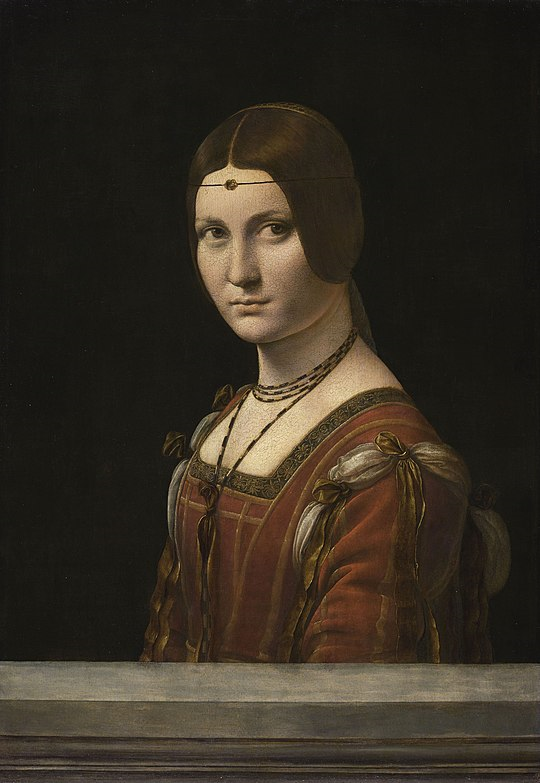
Leonardo spent the last years of his life as the royal painter, engineer, and architect for King Francis I, who was said to have adored Leonardo. It is reputed that he died in the arms of the king.
